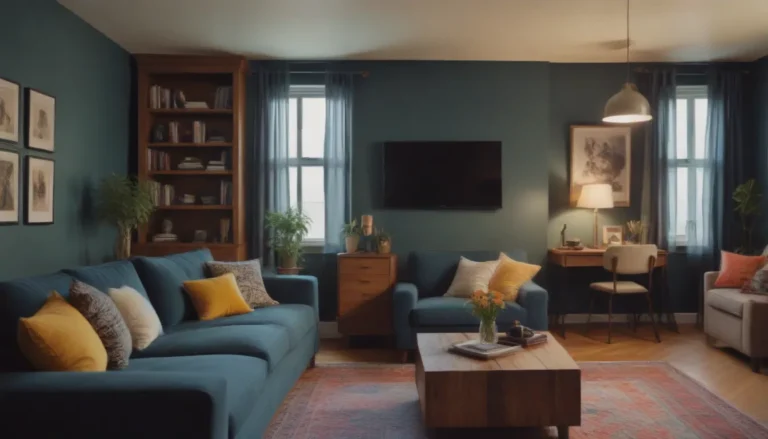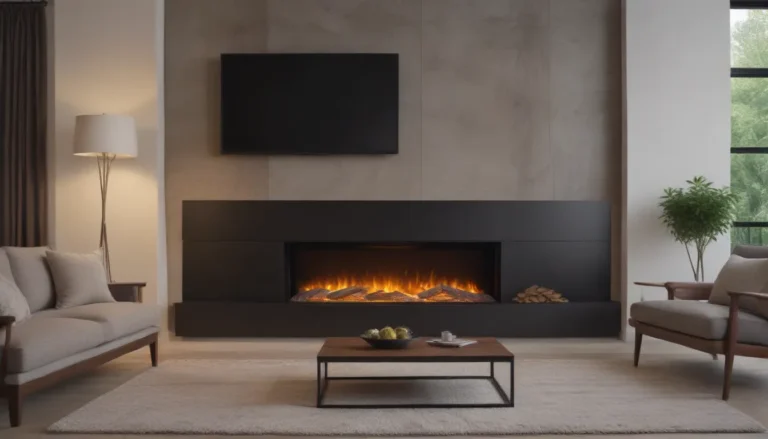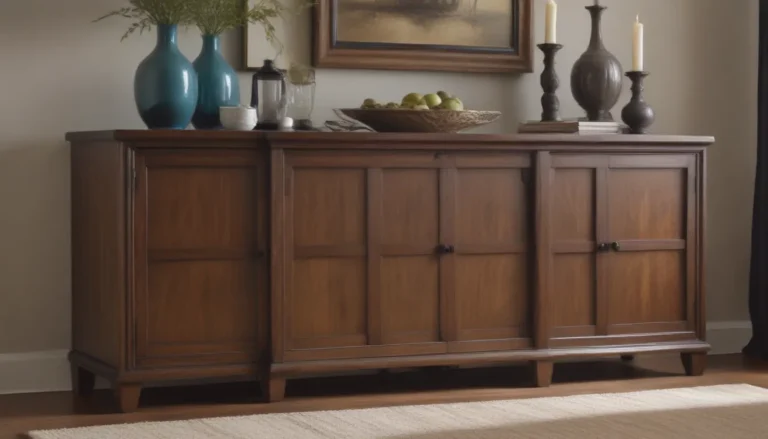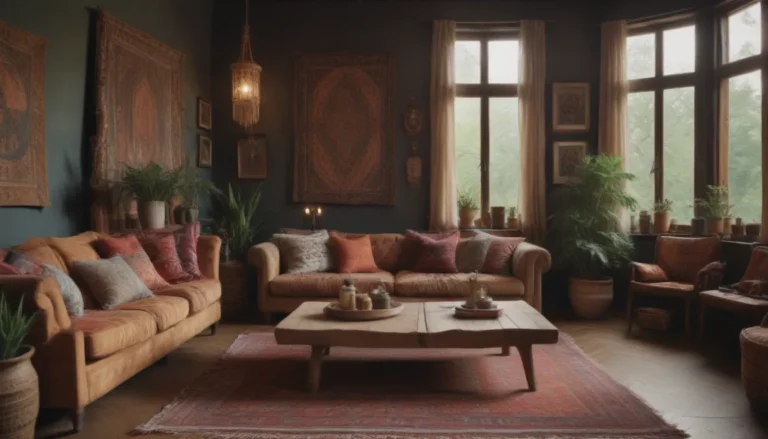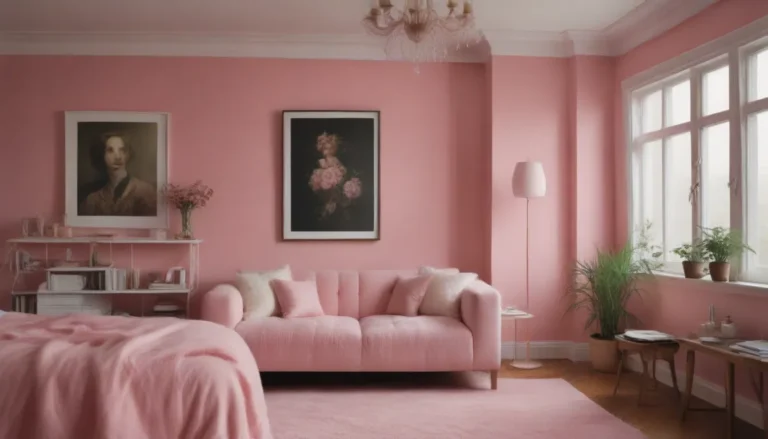Embracing Scandinavian Style: A Complete Guide to Nordic-Inspired Decor
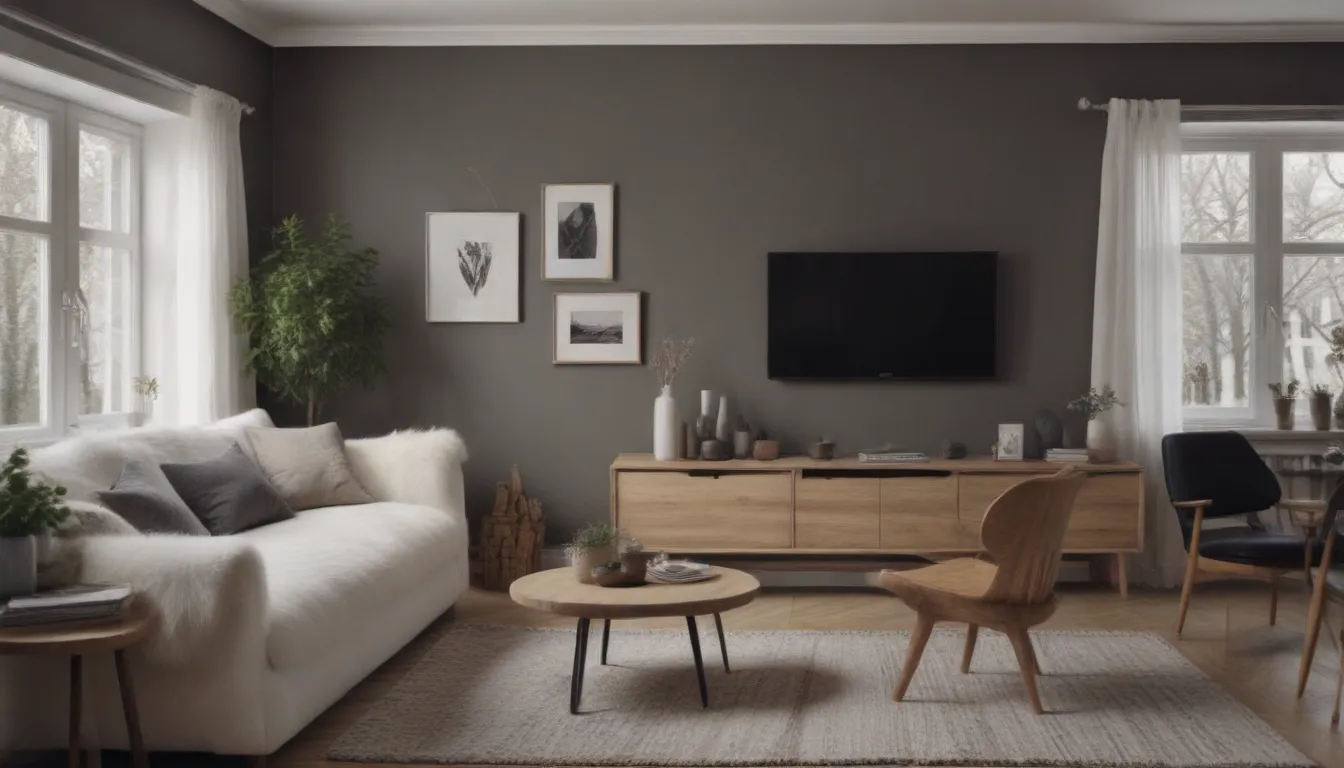
Introduction to Scandinavian Style
When you think of Scandinavian design, what comes to mind? White walls, wood floors, modern furniture, and minimalist design are all key components of this aesthetic. But Scandinavian style is much more than just furniture you can buy from IKEA. It originates from Nordic influences and the innovative contributions of talented designers like Alvar Aalto, Hans Wegner, Arne Jacobsen, Eero Aarnio, and Ingvar Kamprad. So, what exactly is Scandinavian style?
Exploring the Essence of Scandinavian Style
Scandinavian style is a decor movement that embodies the simplicity of minimalism and the neutral tones of modern design while incorporating functional elements. It seamlessly blends beauty with practicality, creating a space that is clean, cozy, and inviting. As the winter season approaches, Scandinavian design embraces the concept of hygge – a Danish term that signifies coziness and finding joy in life’s simple pleasures.
Understanding Hygge
Hygge is all about creating a warm and welcoming atmosphere, especially during the dark and cold winter months. It’s about slowing down, spending time with loved ones, and embracing comfort and conviviality. By incorporating natural elements and textures into your home decor, you can bring the essence of hygge into your own space.
Scandinavian Countries and Their Influence
Scandinavia comprises the northern European countries of Norway, Sweden, and Denmark, with Finland and Iceland often included due to their cultural and aesthetic similarities. These nations share long, dark winters and breathtaking natural landscapes that have shaped their design sensibilities. The clean lines, neutral color palettes, and emphasis on coziness reflect the environment and lifestyle of these countries.
Main Characteristics of Scandinavian Style
Scandinavian design is characterized by its simplicity, cleanliness, and warmth. Key features include neutral colors, natural materials, ample light, minimalist decor, varied textures, and clean-lined furniture. These elements work together to create a harmonious and inviting space that promotes relaxation and comfort.
Evolution of Scandinavian Style
The roots of Scandinavian design can be traced back to the early 20th century when the Modernism movement emphasized a return to nature and simplicity. As Art Nouveau gave way to Art Deco, and later post-World War II design philosophies, Scandinavian countries began to form their unique design identity. The midcentury modern style heavily influenced by Scandinavian design favored uncluttered spaces and a cozy ambiance that epitomized hygge.
Rise of Scandinavian Design
Scandinavian design gained international recognition with the establishment of prestigious awards like the Lunning Prize and the advocacy of influential figures such as Elizabeth Gordon. This led to the popularization of Scandinavian decor and architecture in the United States and beyond. The timeless appeal of Scandinavian design lies in its fusion of functionality, minimalism, and aesthetic beauty.
Embracing Scandinavian Design in Your Home
Now that you have a better understanding of Scandinavian style, how can you incorporate it into your own home?
Scandinavian Colors
Neutrals like white, ivory, tan, gray, and light wood are predominant in Scandinavian decor. When using color, opt for muted earth tones like rust or sage green to maintain a harmonious palette.
Scandinavian Furniture
Scandinavian furniture is known for its minimalist design, clean lines, and light, airy feel. Look for pieces that feature smooth light wood paired with white upholstery for a modern yet cozy look. Brands like IKEA and iconic designers such as Alvar Aalto and Arne Jacobson offer a wide range of Scandinavian-inspired furniture options.
Scandinavian Decor
Functional yet beautiful, Scandinavian decor focuses on simplicity and elegance. Add subtle touches like a coffee table book, a potted plant, or a sculptural vase to elevate your space. Stick to neutral tones, natural textures, and minimalist layouts to achieve an effortlessly chic Scandinavian look.
Why Scandinavian Design Endures
Scandinavian design continues to be popular because it resonates with our innate desire for organic color palettes, soothing aesthetics, and a connection to nature. By prioritizing function, minimalism, and simplicity, Scandinavian style provides a sense of comfort and tranquility that transcends trends.
Conclusion
In conclusion, Scandinavian design is a timeless aesthetic that blends functionality with beauty, simplicity with warmth. By incorporating elements of Scandinavian style into your home, you can create a space that is both stylish and inviting. Whether you’re drawn to the clean lines of minimalist furniture or the cozy charm of hygge-inspired decor, embracing Scandinavian design is a surefire way to elevate your living space. So why not bring a touch of Nordic elegance into your home and experience the magic of Scandinavian style for yourself?
